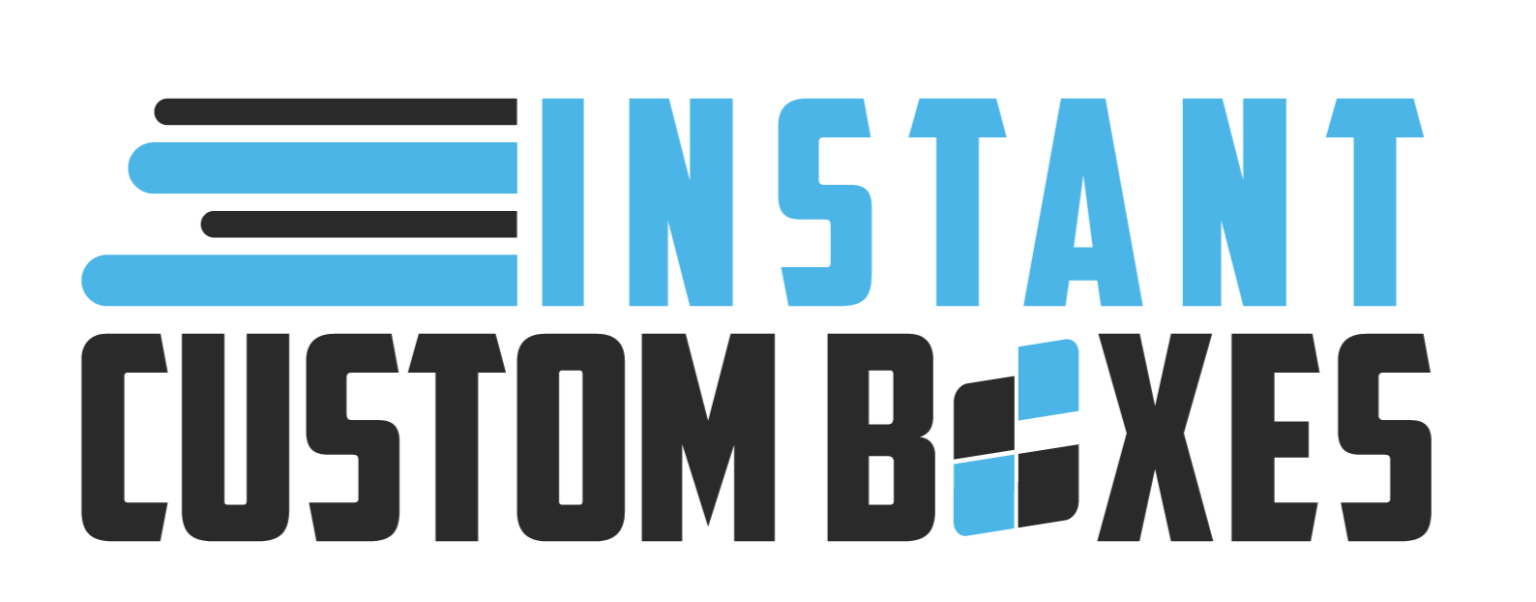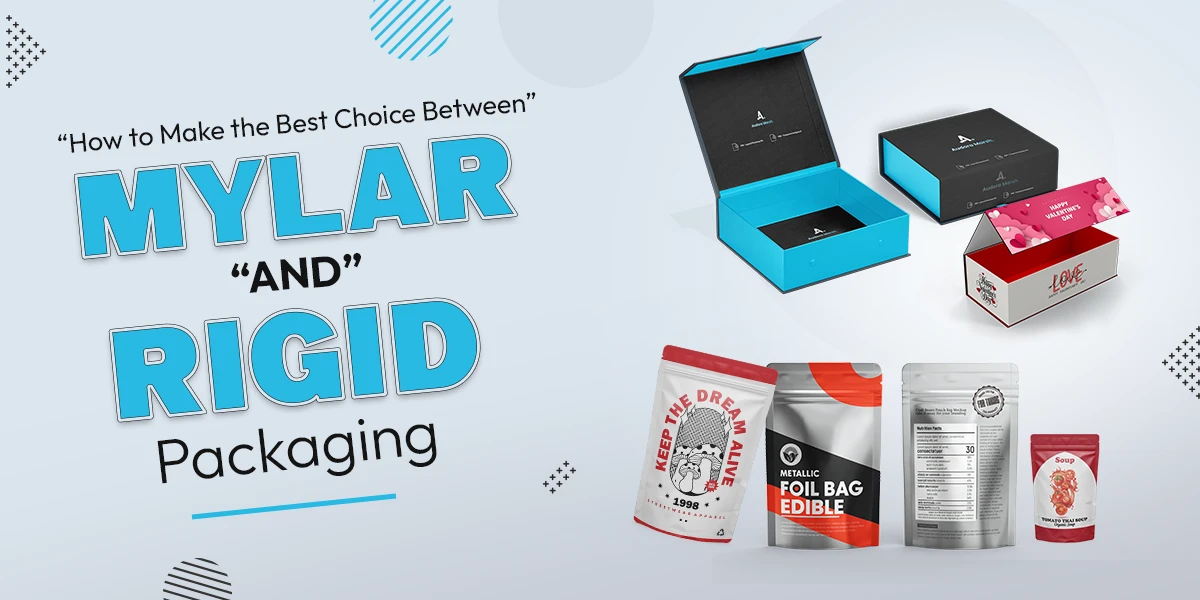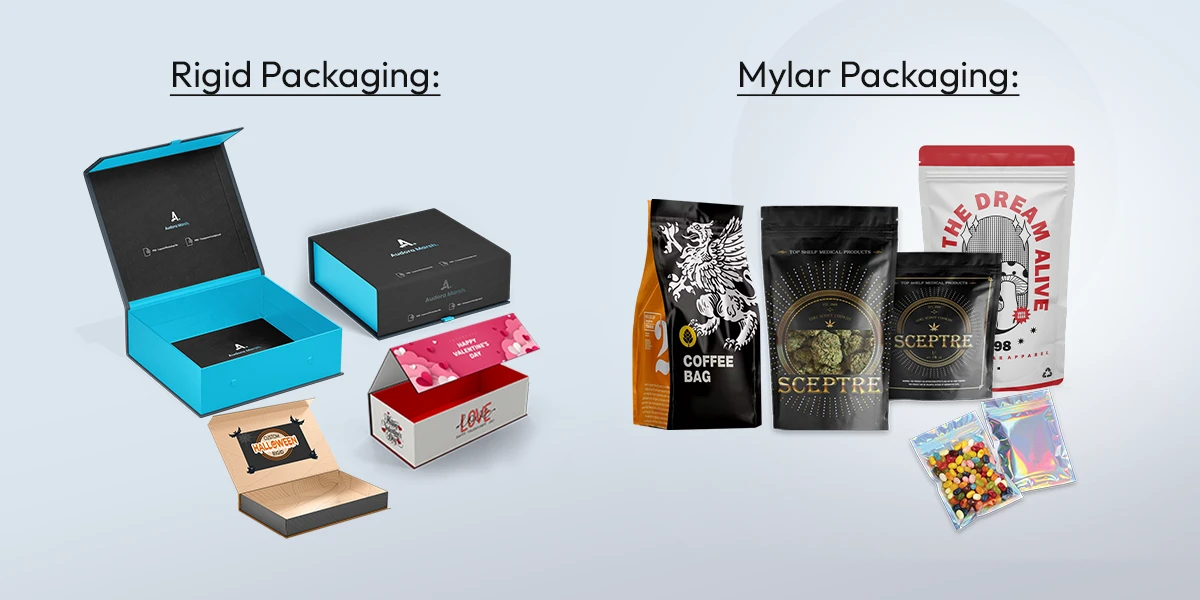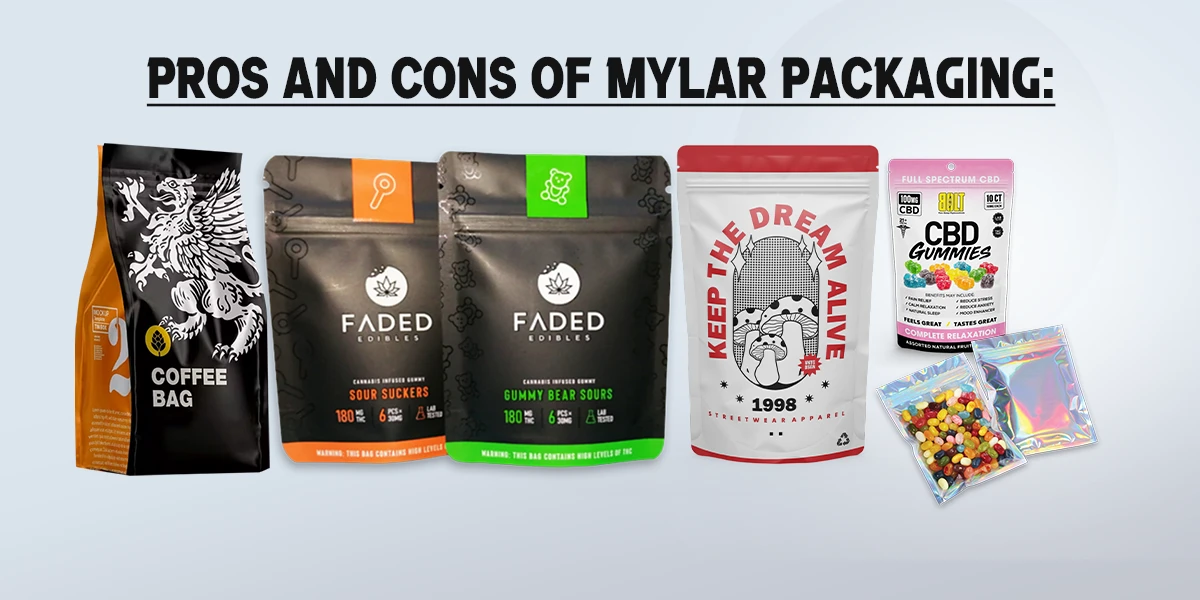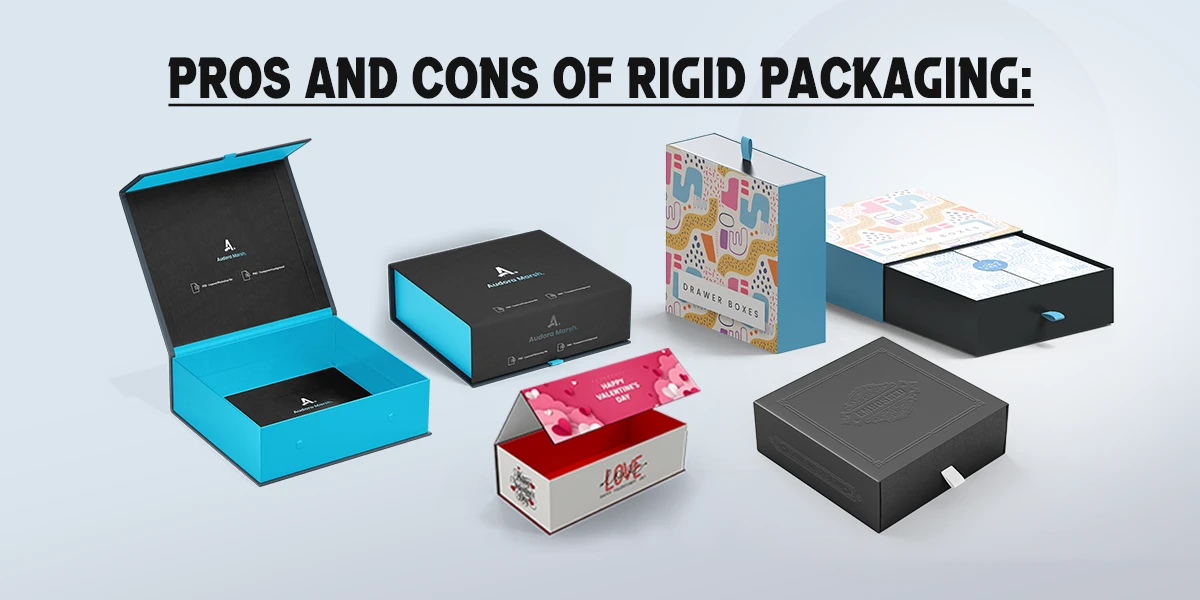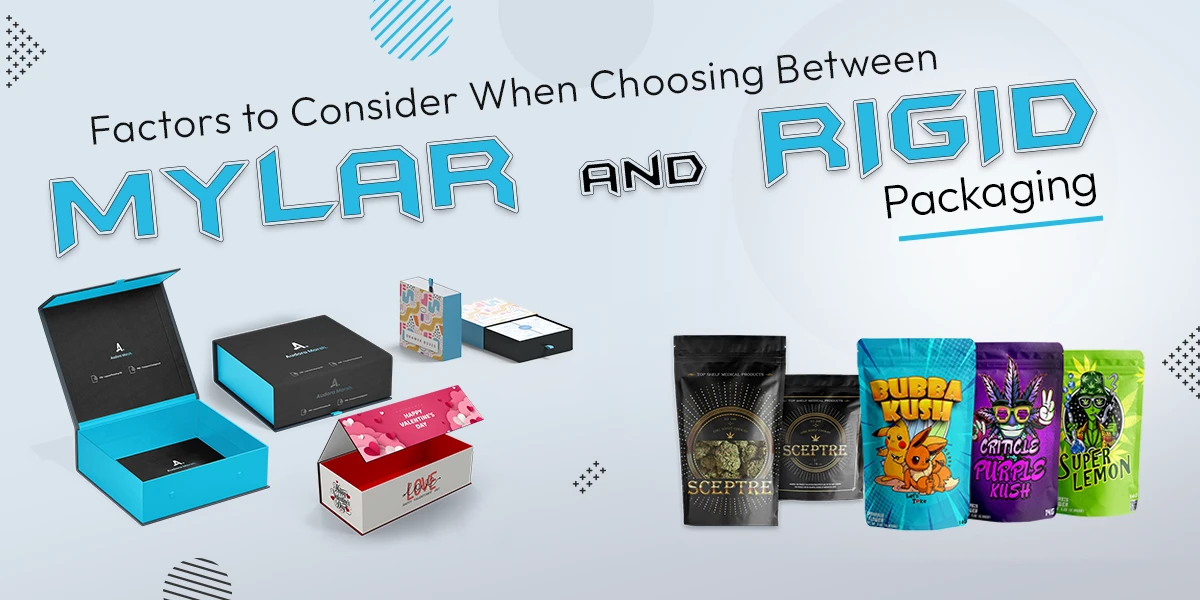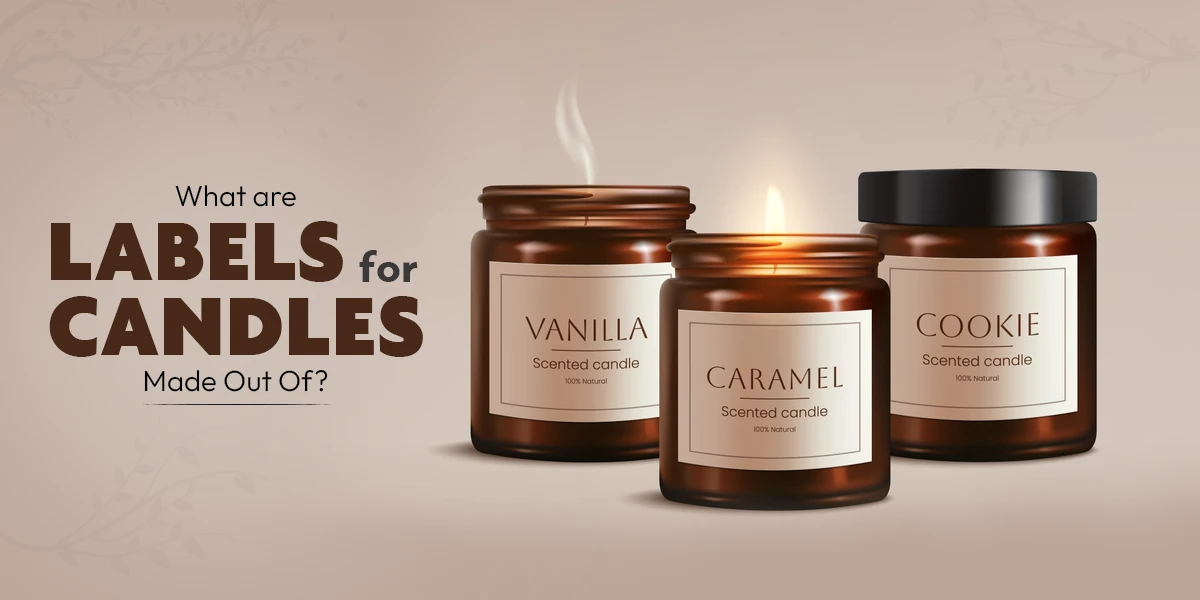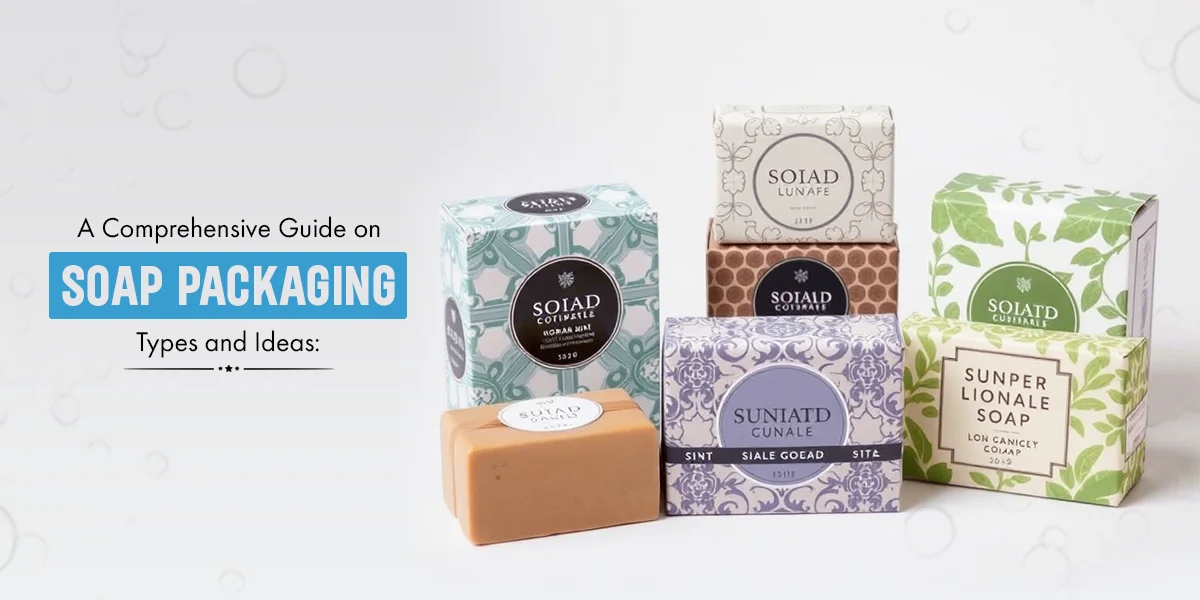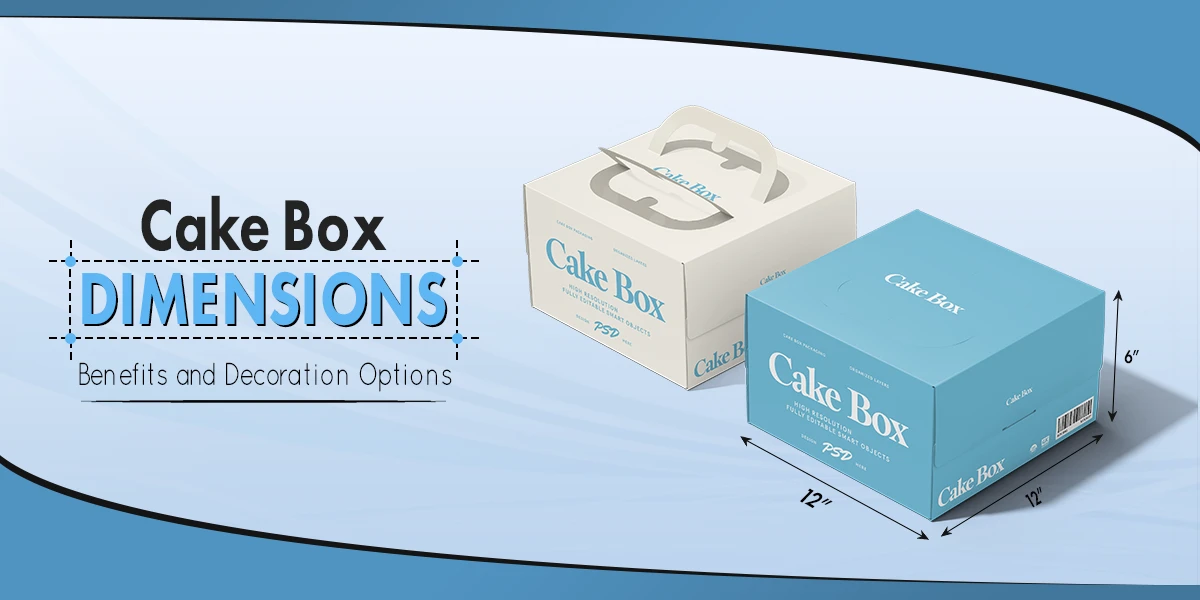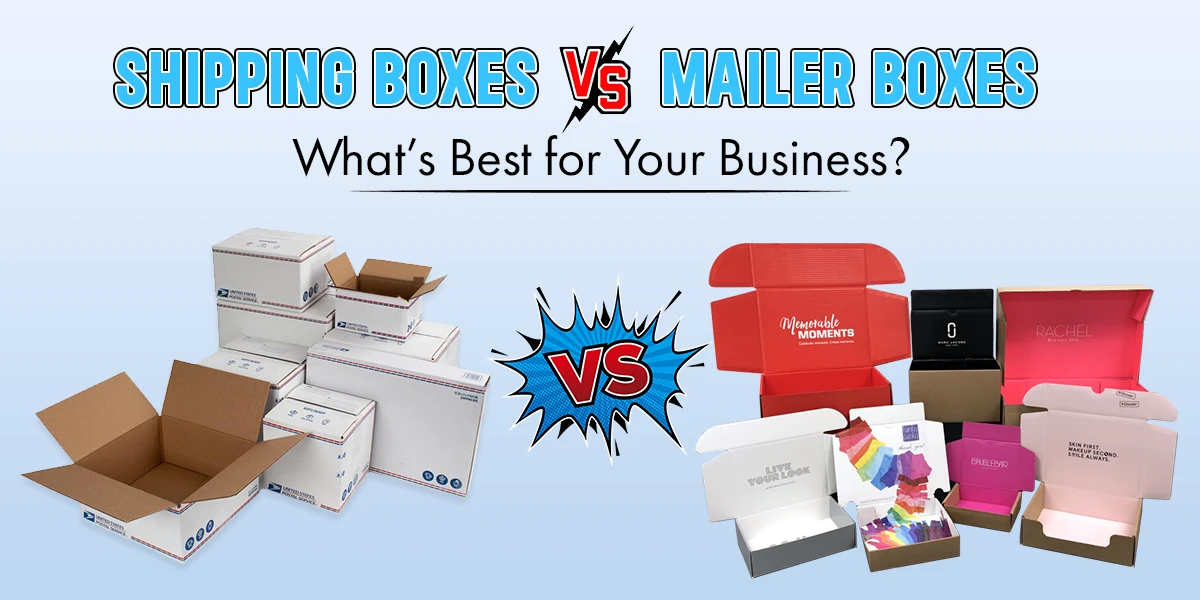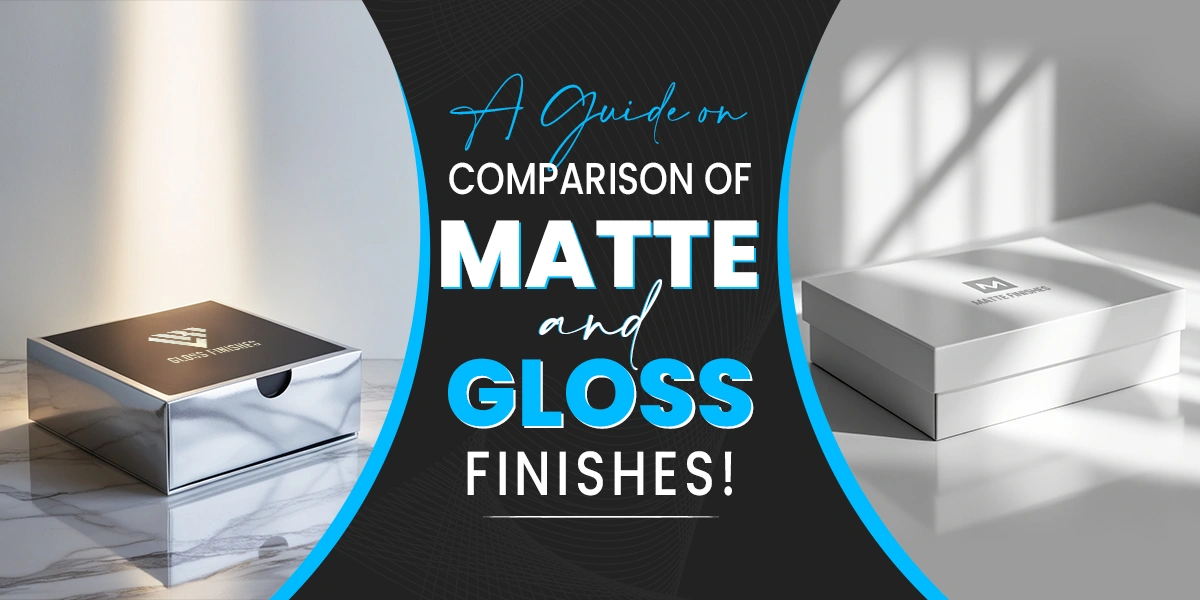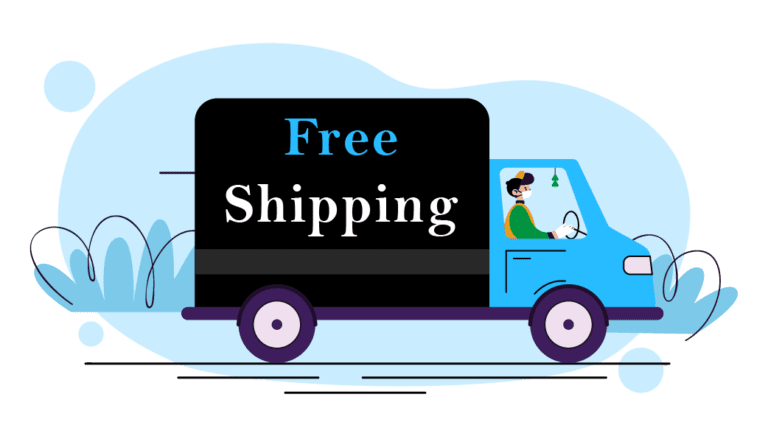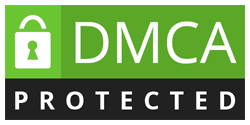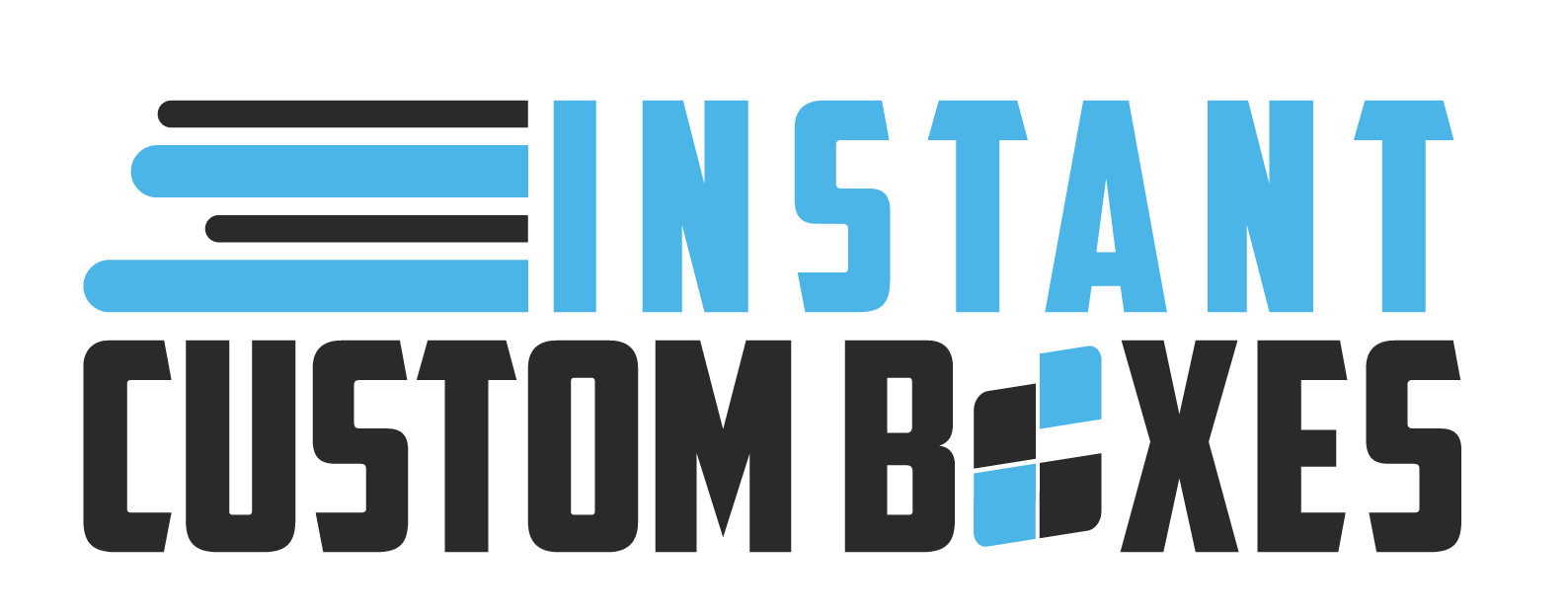Packaging is more than you imagine for your products. Most people think of packaging simply as a container to store products. Indeed, packaging is your salesman that controls your business revenue. So, choosing the right packaging has always been crucial for the success of any brand. To make the best decision for your packaging, I will explain two main types of packaging you can choose for almost any product. Yes, your product’s safety, proper storage, and effective promotion lie between the best choice between Mylar and rigid packaging.
Let’s start with the key differences between Mylar and rigid packaging!
Key Differences Between Mylar and Rigid Packaging
Material and Structure
The flexible nature, along with lightweight construction, allows Mylar packaging to operate as easy-to-manipulate storage and sealing components. The rigid packaging design maintains firm structure along with a protective solid shell.
Protection and Durability
The material resistance of Mylar extends to both moisture and air, whereas it remains susceptible to puncturing. The structure of custom rigid packaging creates effective impact protection that resists physical assault.
Cost Considerations
Manufacturing costs for Mylar stay lower because of its simple construction and small weight, while rigid packaging expenses more cost from the cost of durable materials.
Sustainability and Environmental Impact
Cutting-edge Mylar types can be recycled, although they typically contain layers made from plastic. Packs made from rigid materials tend to have a better environmental impact because they can be manufactured from biodegradable or recyclable materials.
Storage and Transportation
Mylar packaging saves cost on both storage and delivery expenses because of its small size and light weight, yet rigid packaging requires additional shipping expenses because of its bulkiness.
What is Mylar Packaging?
Mylar packaging exists as an adaptable form of packaging that takes its structure from BoPET (biaxially-oriented polyethylene terephthalate) film. Mylar demonstrates outstanding durability together with strength and excellent barrier features. Using Mylar bags together with pouches provides products with protection against moisture, oxygen, light, and contaminants.
Market Size of Mylar Packaging
Mylar packaging continues to expand its market because industries such as food, together with pharmaceuticals, and electronics steadily increase their purchase of Mylar solutions. The market value of Mylar packaging in 2023 reached USD 12.6 billion, but analysts expect it to grow at a 9.4% CAGR to reach USD 26.1 billion by 2032. The market expands because businesses need protective packaging, which combines durability with moisture-resistant characteristics and light weight.
Pros and Cons of Mylar Packaging
Pros of Mylar Packaging:
- Both oxygen and light, as well as moisture, stay blocked by the Mylar box which extends product freshness, thus ensuring high quality during long-term storage.
- Food storage consumers receive an FDA stamp of approval for Mylar bags because the barrier ensures their contents stay safe from contamination.
- The storage solutions created by Mylar have multiple advantages because they stop spoilage and protect the stored goods for their designated duration.
Cons of Mylar Packaging:
- Mylar is not biodegradable, which raises environmental concerns as it contributes to plastic waste.
- Compared to some other packaging options, custom mylar bags can be more expensive, especially when factoring in the cost of specialized sealing equipment.
- Proper sealing requires heat-sealing equipment, which can add to the initial investment and require technical know-how.
What is Rigid Packaging?
Rigid packaging represents a solid and tough solution that uses materials such as kraft and thick paperboard. The packaging solution stands firm against physical impacts, so it safeguards valuable products such as food items, cosmetics, and electronics. The rigid packaging format keeps its form because of its fixed shape, which creates an upscale presentation and improves retail display quality.
Market Size of Rigid Packaging
The rigid packaging sector shows a steady growth pattern because different industries, like food, beverages, pharmaceuticals, and personal care, continue to increase their demand. The rigid packaging sector initiated 2024 with a value of USD 289.32 billion, while analysts expect the market to develop to USD 401.36 billion during 2032 at a 4.11% Compound Annual Growth Rate. The market continues to expand because industrial operators require sturdy, protective packaging solutions to secure perishable goods and valuable items.
Pros and Cons of Rigid Packaging
Pros of Rigid Packaging:
- Provides excellent protection to products.
- Custom rigid boxes offer premium appearance improvements as well as improved product presentation.
- Rigid materials showcase sustained strength and shape retention over time.
- Brands can express their uniqueness by selecting from different customization choices for packaging design, which results in eye-catching product displays.
Cons of Rigid Packaging:
- Flexible packaging continues to cost less during production than rigid packaging.
- The solid form of rigid packaging boxes requires additional storage space and leads to higher transportation expenses because of its size.
- Rigid materials produce increased waste since their recycling process is challenging, which creates environmental challenges.
Factors to Consider When Choosing Between Mylar and Rigid Packaging
Product Type: Mylar is ideal for food, pharmaceuticals, and moisture-sensitive products, while rigid packaging suits fragile, high-value, or luxury items that need extra protection.
Protection Needs: Mylar is suitable for long-term storage. Rigid packaging offers physical protection against impact and crushing, ng that makes it better for delicate products.
Cost: Mylar is generally more cost-effective due to its lightweight and flexible nature. Rigid packaging requires higher production costs but offers a premium look for upscale branding.
Weight: Mylar is lightweight and reduces shipping costs, making it ideal for bulk storage. Rigid boxes packaging is heavier, increasing transportation expenses, but providing durability.
Sustainability: Mylar is not biodegradable but can be recyclable in some cases, while rigid packaging often has higher recyclability rates but generates more waste.
Branding Opportunities: Mylar allows custom printing but lacks the premium appearance of rigid packaging. Rigid packaging offers better design flexibility with embossing, foiling, and high-quality finishes for luxury branding.
Storage and Distribution: Mylar is space-efficient and easy to store, making it ideal for bulk packaging. Rigid boxes take up more space and can increase logistics costs but ensure product integrity during transport.
Choosing the right Mylar bag size is crucial for ensuring your products stay fresh and well-protected. Whether you need small pouches for samples or large bags for bulk storage, selecting the right size can make all the difference. Explore our Mylar Bag Size Chart to find the perfect fit for your needs. Don’t settle for guesswork—get the right size today and keep your products secure and fresh! Order now and experience top-quality packaging solutions!
Final Thoughts
The selection of Mylar or rigid packaging suits different product types. The application of Mylar provides the optimal solution for particular products. For maximum protection during shipping, rigid material stands out as the superior alternative. I have provided details about the characteristics and practical applications, advantages and disadvantages of Mylar together with rigid packaging systems. Simple product packaging selection is now available based on specific business requirements and objectives.
